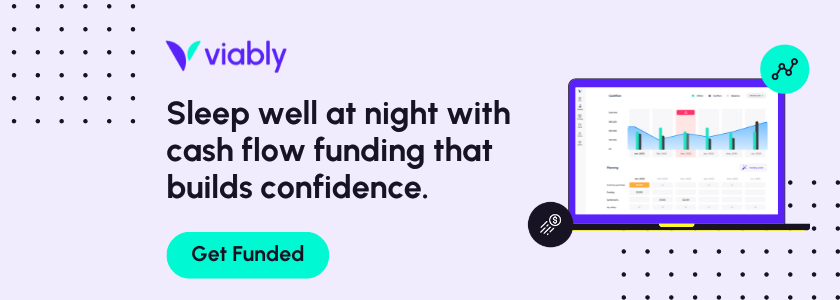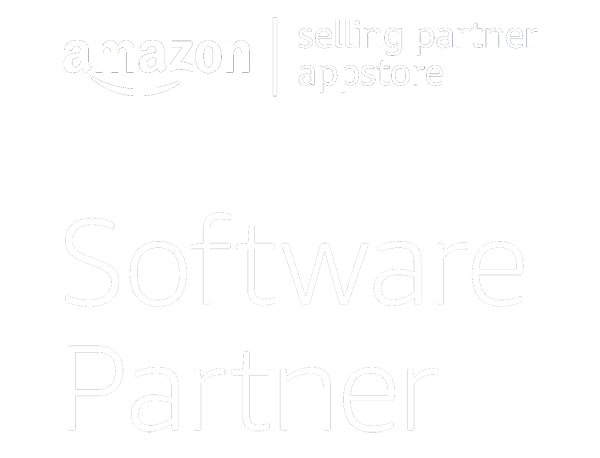When starting an eCommerce business, most online entrepreneurs typically focus on developing an idea for a product. Once a product has been obtained or manufactured, the next step is where to sell their products.
Before listing a product on a marketplace, such as Amazon, eBay, or Shopify, it is crucial to first determine your product’s value and the most efficient pricing method for your eCommerce business.
Determining the price of a product can be challenging for most business owners, as setting prices too high can result in lost sales, while setting product prices too low can result in lost revenue.
Pricing products does not have to be a guessing game. Various eCommerce pricing strategies, models and techniques can assist sellers in determining the appropriate prices for products based on the market and revenue objectives.
To better understand eCommerce pricing strategies, here are some of the important things you should know about pricing in general and the different pricing strategies you can implement for your eCommerce business.
What is Pricing and Why Does It Matter?
Before exploring various pricing techniques for your eCommerce business, reviewing the basics of pricing and its significance to your business is essential. By doing so, you will better understand pricing and its direct effect on the profitability of your business.

Pricing is the process of determining the value and the selling price of a product. Price communicates a product’s value to customers and differentiates it from its competitors. Pricing, as a process, involves analyzing various factors, including the ones that will be further on.
Knowing how to set the most appropriate product prices can help a business increase sales and generate more revenue. Additionally, understanding pricing can help a business compete effectively with other sellers in the marketplace while successfully conveying the value of its products to consumers.
Moreover, pricing affects the entire business strategy and its tactical execution, such as product development, promotion, and distribution. Thus, pricing is a crucial part of the overall business decision-making process.
Finally, a grasp of what pricing is can help business owners and online entrepreneurs identify their target market and develop the marketing strategy accordingly.
Factors Affecting Product Price & Pricing Strategy
As previously mentioned, assigning prices to your listings or inventory items entails an analysis of various factors. Many internal and external factors can influence product pricing, and some of these factors that affect product price include the following:
Production Costs: Production cost refers to all the direct and indirect expenses a business incurs from manufacturing a product. When setting product prices, production costs must be taken into account.
Competitor Prices: Knowing your competitor’s listing price can give you an idea of whether your prices are suitable for the market and if your products are being promoted efficiently to optimize sales.
Supply and Demand: The market’s demand for a product will affect its price. You must understand that if demand is high, the product price can be higher; if demand is low, the product price can be lower.
Target Market: When pricing your product, you should also consider your target market’s ability to pay. Try to check if your price point is competitive enough to attract shoppers to purchase your product.
Additional Costs: Successful product pricing also takes into account shipping and handling, taxes, and other costs associated with purchasing and delivering a product.
Brand: The price you associate with your products affects the view of consumers toward your brand. Hence, you should consider the brand perception and the value you intend to communicate through the pricing strategy.
Different Types of eCommerce Pricing Strategy
Cost-Based Pricing
Cost-based pricing is a pricing strategy in which a business sets the price of a product based on the cost of manufacturing or producing it. The product cost includes all expenses, such as materials, labor, and overhead expenses.
Cost-based pricing can be used for products that are easy to produce and sold to price-sensitive customers. Hence, online entrepreneurs often use this pricing strategy for their eCommerce businesses.
Cost-based pricing method allows business owners to set a price that covers their costs and make a profit while also remaining competitive in the market at the same time.
Value-Based Pricing
Value-based pricing, otherwise known as consumer-based pricing, is a pricing strategy in which a business sets the price of a product based on customers’ perceived value of the product.
This allows an online business to set prices that reflect their product’s unique features, benefits, branding, and what the target customer is willing to pay. Online sellers set the price based on the perceived value and how it compares to similar products in the market.

Price Skimming
Price skimming is a pricing strategy in which a business sets a high initial price for a new product and then gradually lowers the price over time.
This pricing strategy aims to “skim” through the market by charging the highest price that customers are willing to pay before gradually lowering the price as competition increases or as the product becomes more widely available.
Price skimming is often used in eCommerce, especially for new and innovative products, such as technology products like smartphones or laptops. In particular, Apple is among the tech companies that use this pricing method for their iPhone and iPad products.
By setting a high initial price, online sellers and business owners can recoup their development costs and generate a significant profit during the early stages of the product’s life cycle.
Competitor-Based Pricing
Competitor-based pricing is a pricing strategy in which sellers set the price of a product based on other sellers pricing for their products.
Amazon sellers often set their listing prices the same or lower than their competitors, a familiar example of competitor-based pricing. To facilitate price adjustments, sellers usually use Amazon repricers.
In particular, high-volume Amazon sellers use AI repricers like Seller Snap, to automate price changes in their listings. It allows Amazon sellers to gain a competitive advantage over other sellers by increasing their Amazon Buy Box win rate while avoiding price wars in the process.
The goal of competitor-based pricing is to remain competitive in the marketplace and attract online shoppers by offering a similar or slightly better product at a most desirable price point.
Bundle Pricing
Bundle pricing is a pricing strategy in which a business offers a group of products at a discounted price when purchased together rather than separately.
Complementary products and customized packages often fit nicely into bundle pricing. An online seller or online store may offer a bundle deal on a phone and a protective case.
Bundle pricing can be very effective in eCommerce as it can provide a sense of convenience and a good deal for the customer. Aside from that, this pricing method also allows sellers to move surplus inventory.
Final Thoughts
Pricing is essential to business operations, as it greatly influences the business’ revenue and profitability. Setting prices that are too high can result in lost sales while setting prices that are too low can result in a reduced profit or even profit loss.
Comprehending what pricing is and some pricing strategies is critical for businesses. Such an understanding enables sellers and entrepreneurs to make informed decisions about the price point at which they should sell their products.
By understanding the basic concept of eCommerce pricing strategies, sellers can learn to strike a balance between the business’ expenses and revenues while also considering the market conditions and target consumers.
Junel Ayala is a writer at Seller Snap. Over the past years, he has been engaged in project management, SEO content writing, and local SEO marketing for various firms in the United States and Europe.



